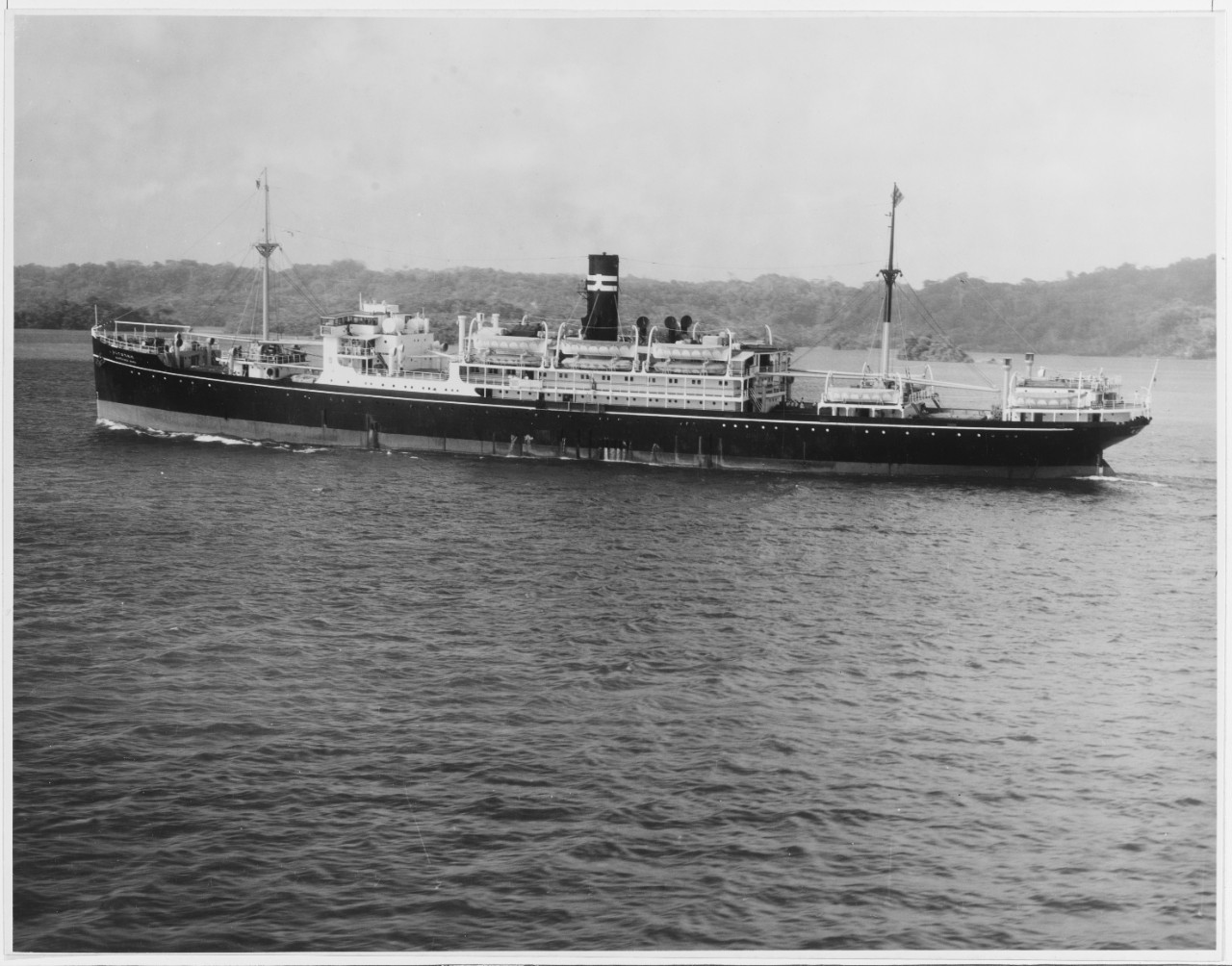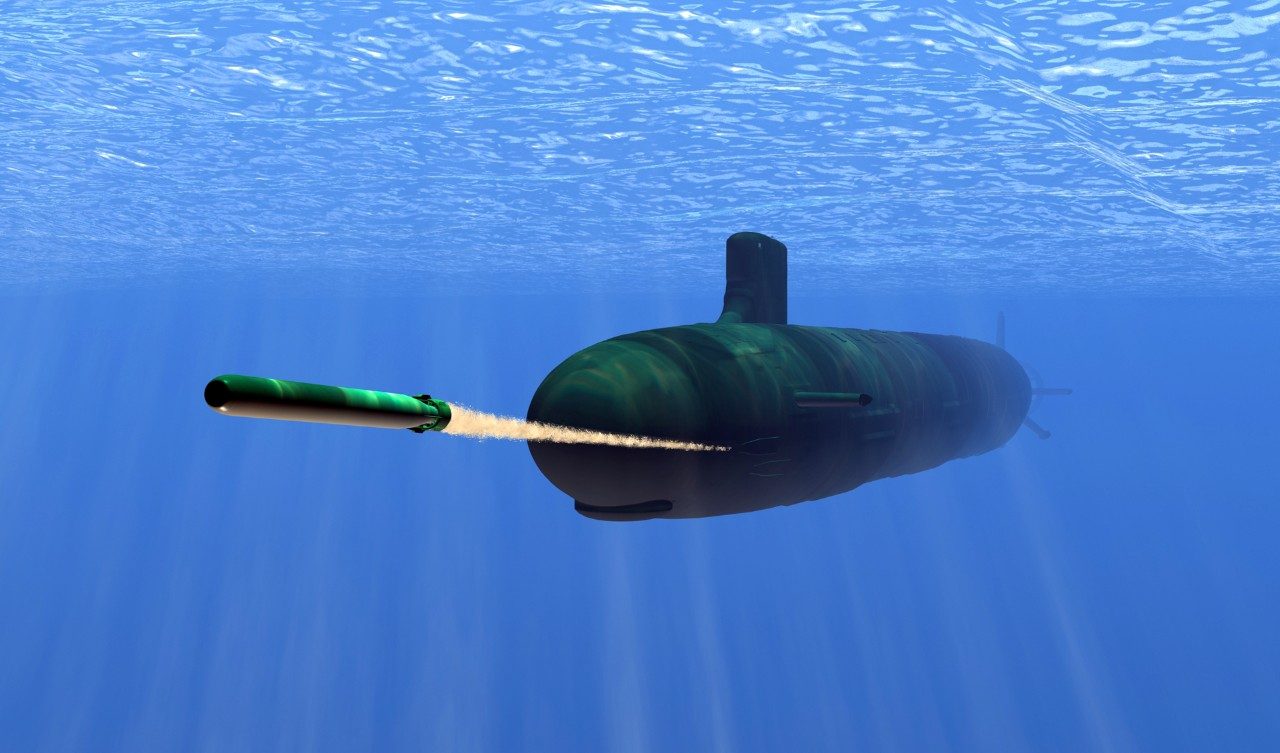Australia, on July 1, marked the 80th anniversary of the sinking of the Montevideo Maru, its worst maritime disaster. The descendants and families of those who perished in that disaster gathered at the Australian War Memorial in Canberra.
World’s ‘Strongest’ Defense Alliance – NATO Keeps Russians ‘Out’, Germans ‘Down’ & China ‘On Radar’
In addition to Deputy Prime Minister Richard Marles, who laid a wreath on behalf of Prime Minister Anthony Albanese, some of these family members were present at the ceremony at the Australian War Memorial.
The Montevideo Maru was a Japanese prisoner transport ship that sank on July 1, 1942, with the loss of more than 1051 Australian soldiers and civilian Prisoners of War (POWs).
The prisoners of war were transported to Hainan Island, China, aboard the Japanese ship when it was attacked by the USS Sturgeon submarine of the US Navy.
Four torpedoes hit the Montevideo Maru from the Sturgeon. The ship’s lifeboats were all launched, but they all capsized. In less than 11 minutes, the ship sank in the South China Sea, approximately 100 kilometers west of the Philippines’ Cape Luzon.

All 845 allied prisoners of war and 206 civilians on board were killed, and only 20 Japanese crew members survived. The majority of the dead Australians were “Lark Force” members.
Lark Force, garrisoned in Rabaul at the easternmost tip of Papua New Guinea (PNG), was made up of the 2/22nd Battalion AIF (Australian Imperial Force) and supporting units. It was composed of 1400 Australian Army personnel and served as Australia’s first line of defense in PNG following Japan’s entry into World War II.
China’s 3rd Aircraft Carrier ‘Fujian’ To Host AWACS & Large Transport Aircraft For COD & CAP Missions
After realizing the situation’s futility, the commanding officer issued the directive “every man for himself” just hours into the invasion. Nearly 400 Australians attempted to escape into the jungle, but many were caught, and more than 130 of them were killed and subjected to torture.
About 300 men returned to Australia unharmed after a grueling trek to avoid capture.
The remaining soldiers were captured and a few months later paraded from their compound to a transport ship, the Montevideo Maru. Many prisoners were allowed to send letters to their loved ones before boarding. These were then dropped from the air over Port Moresby.

Uncertainty Over The Incident
Unaware of the ship’s loss, the families of those on the Montevideo Maru kept writing letters to their loved ones, believing they were being held as prisoners of war.
It took three and a half years (1945) for Australia’s families to receive official word about the fate of the POWs and civilians as Japan did not inform the International Red Cross of the attack and subsequent ship sinking.
It’s Official! Greece Puts In Formal Request To Buy A Squadron Of F-35 Stealth Fighters From The US
Many kin didn’t believe the official story about the Montevideo Maru sinking because of the confusion and gossip surrounding the incident. They alleged that the POWs were executed in Rabaul.
However, according to supporting documentation and other evidence, soldiers and civilians marched to the port to board the Montevideo Maru.

Some have asserted that even after the Japanese were defeated in New Guinea in 1945, the Australian government did little to ascertain what had happened to the people of Rabaul until the war was over. Former Lark Force member Norm Furness claims he gave up trying to get the government to look for the ship.
“I’m not writing any more letters. I’ve written to Prime Ministers, Defence Ministers, and Opposition Leaders. I’ve written to local members, and look where it’s gotten me,” he said.
The existence of the Montevideo Maru was a topic of debate for a very long time. According to some, the Japanese fabricated the sinking to avoid being accused of war crimes and executed all the POWs.
However, it is widely acknowledged that Australian POWs were aboard the Montevideo Maru when it sailed from Rabaul in July 1942, based on first-hand accounts from those on the pier. Some descendants continue to contest the official version, claiming that the Japanese “padded” the ship’s passenger list to hide their war crimes.
The Montevideo Maru: Did It Go Down?
As opposed to being sunk by the USS Sturgeon, some commentators have claimed that the ship departed Rabaul on June 22, 1942, with its cargo of prisoners but returned empty two days later because the Japanese had executed every single one of them.
These commentators claimed that there is “compelling evidence” to endorse this alternative theory.
One resident of Rabaul claimed that the Montevideo Maru should have been far from the area where it was believed to have sunk after steaming for nine days. Commentators have also asserted that Major Williams’ accounts lend additional support to the “cover-up theory”:
Major HS Williams, an Australian officer in September 1945 assigned to the Recovered Personnel Division in Tokyo, was in Japan to investigate the ship’s sinking. Major Williams learned that the Japanese navy reported the loss of the Montevideo Maru in January 1943 to the Tokyo POW Information Bureau.
However, the Information Bureau did not inform the Allied authorities of the news despite being required to.

Major Williams discovered a list allegedly containing the names of those on board buried in files in Tokyo in September 1945 after pressing the Japanese for some time. Conspiracy theorists regard it as proof that the Japanese tried to conceal the actual outcome of the men who boarded the ship in Rabaul.
However, Australian military authorities found no proof to back up a war crimes investigation into what happened to those captured at Rabaul in the atmosphere of retribution after the war.
- Contact the author at ashishmichel@gmail.com
- Follow EurAsian Times on Google News




